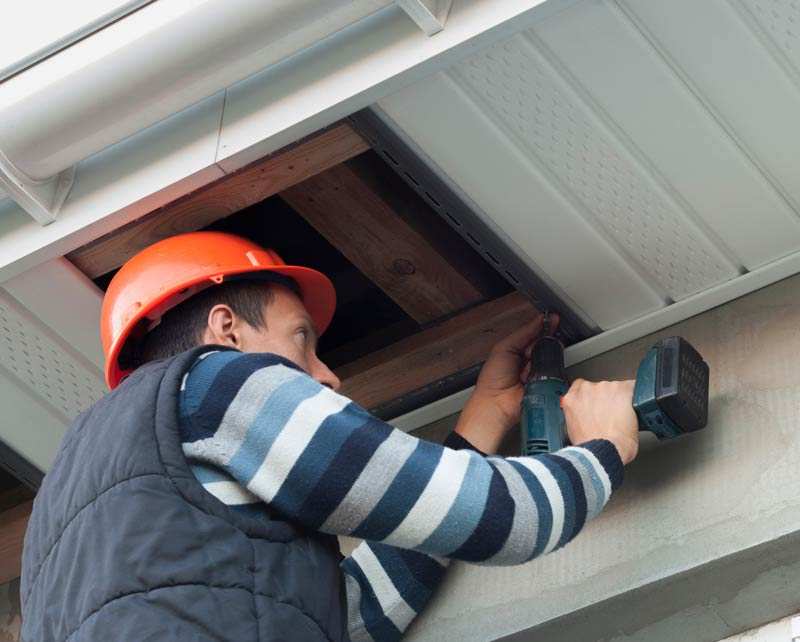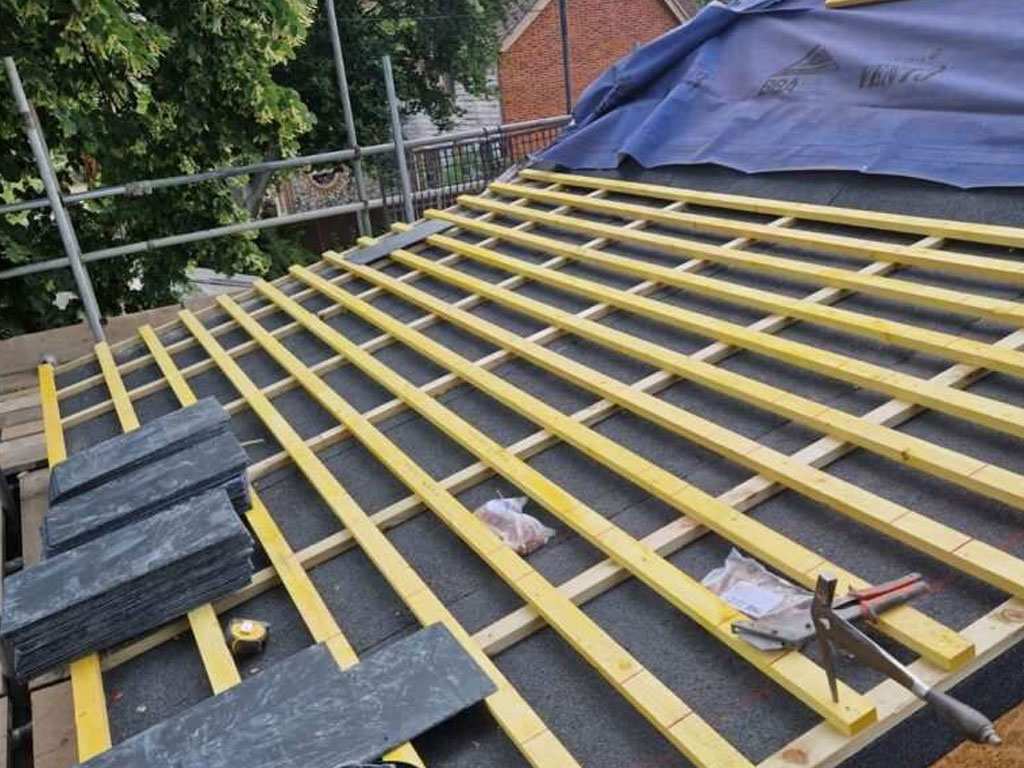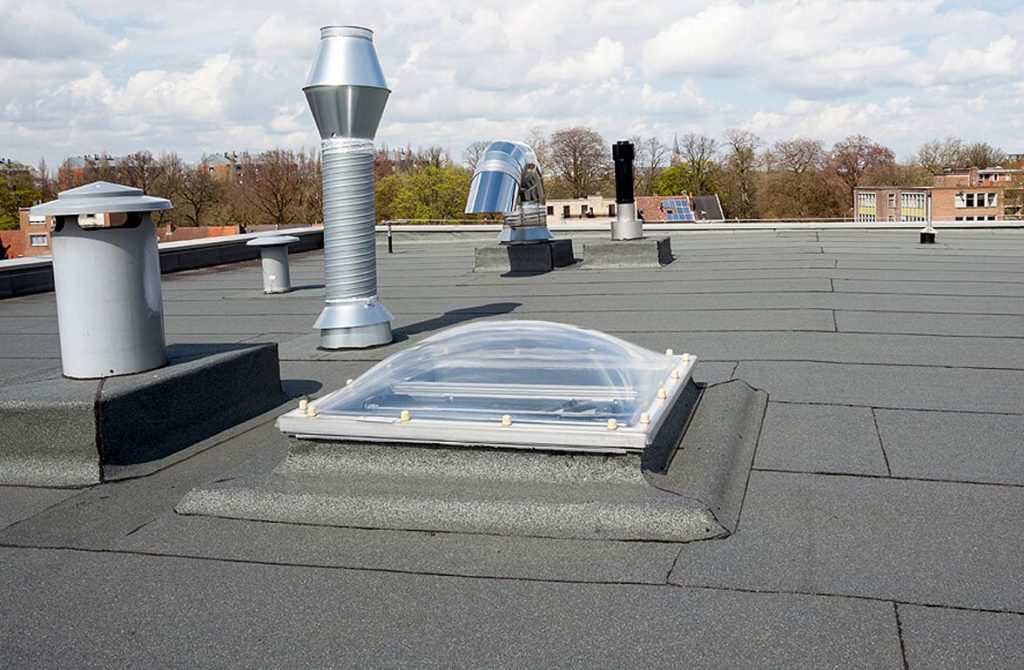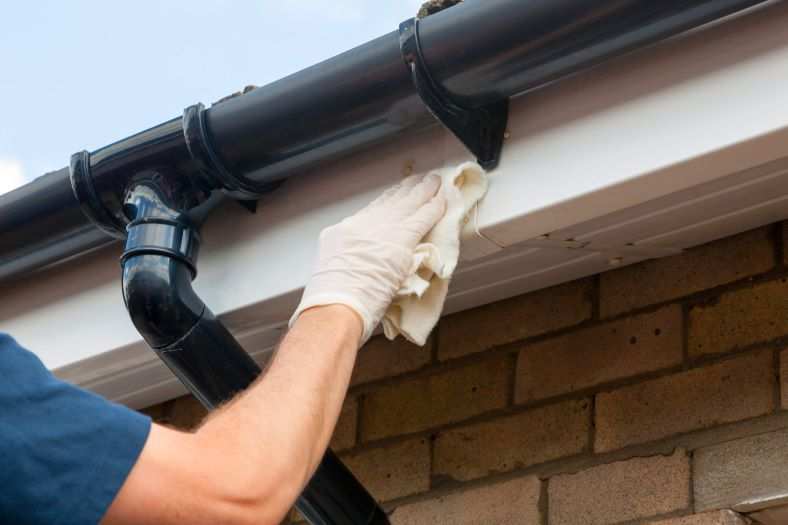If you’re considering a new roof, you may be wondering whether to go with a pitched or flat roof. While pitched roofs are the traditional choice, flat roofs offer several benefits, including additional living space and easier maintenance. In this article, we’ll discuss the advantages of a complete roofing solution, converting from pitched to flat roofing, and tips for flat roof maintenance and repair.
Understanding Pitched and Flat Roofs
Pitched roofs have a sloped design and are typically made of shingles or tiles. They have a traditional, classic look and are designed to shed water and snow easily. Flat roofs, on the other hand, have a low slope and are often made of materials like EPDM rubber, TPO, or PVC. They offer several benefits, including cost savings, energy efficiency, and additional living space.
The Advantages of a Complete Roofing Solution
A complete roofing solution is an approach to roofing that addresses all aspects of your roof, from the structure to the materials and installation. By choosing a complete roofing solution, you can ensure that your roof is designed and installed correctly, with all necessary components working together seamlessly. This approach can save you money in the long run by reducing the need for repairs and replacements.
Converting from Pitched to Flat Roofing
Converting from a pitched roof to a flat roof can be a great choice if you’re looking to maximize space and improve energy efficiency. Converting to a flat roof can also make maintenance and repair tasks easier. The conversion process typically involves removing the old roofing material and adding a new flat roof system. It’s important to work with a professional roofing contractor for this process to ensure that the conversion is done correctly and to avoid any potential structural issues.
Maintenance and Repair of Flat Roofs
While flat roofs are generally easier to maintain than pitched roofs, they still require regular maintenance and repair to stay in good condition. Common maintenance tasks for flat roofs include cleaning debris and dirt from the roof, inspecting the roof for damage, and sealing any cracks or leaks. If you notice any signs of damage or leaks, it’s important to address them early on to avoid further damage and costly repairs.
Choosing the Right Roofing Contractor
Choosing a qualified and experienced roofing contractor is essential for any roofing project. When looking for a roofing contractor for a complete roofing solution or flat roof repair or replacement, it’s important to look for someone who is licensed and insured, has experience working with flat roofs, and offers a warranty on their work.
Conclusion
Whether you’re considering a complete roofing solution or converting from a pitched to a flat roof, working with a professional roofing contractor is key to ensuring that your roof is installed, maintained, and repaired correctly. By choosing the right contractor like KMS Roofing and investing in regular maintenance and repairs, you can ensure that your roof is built to last and provides the protection and functionality you need for years to come. Contact us for more information.







